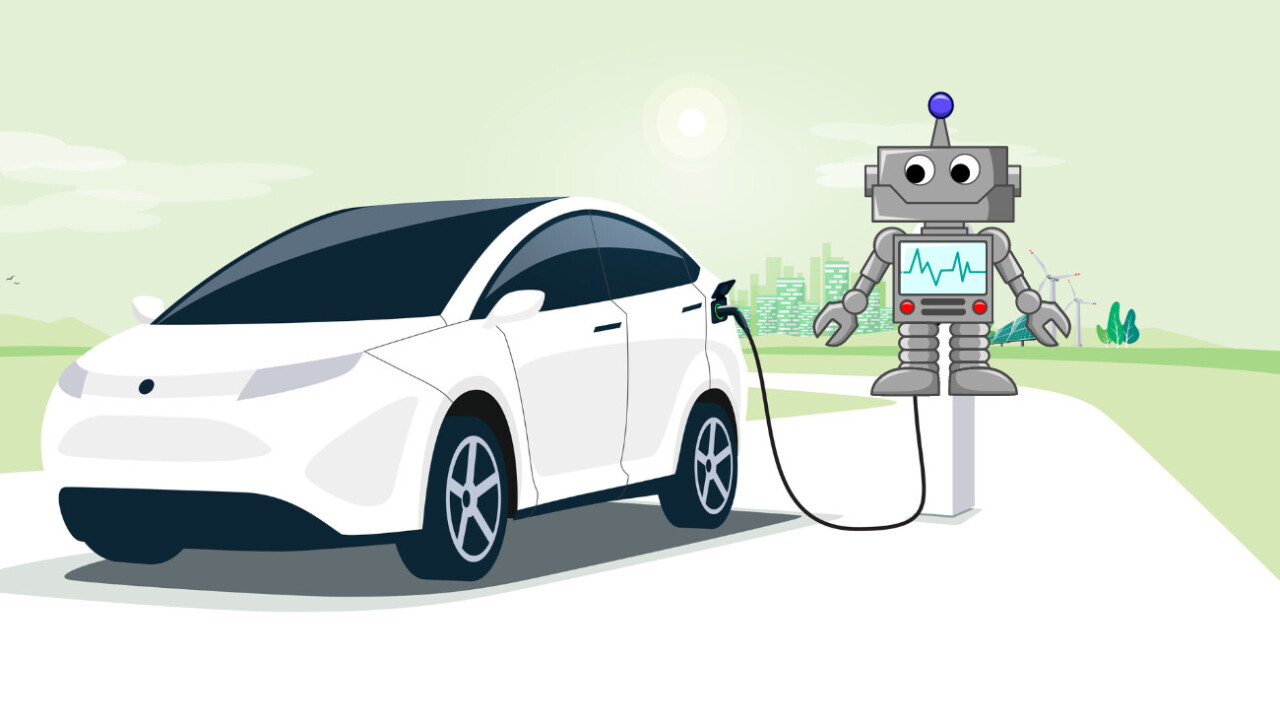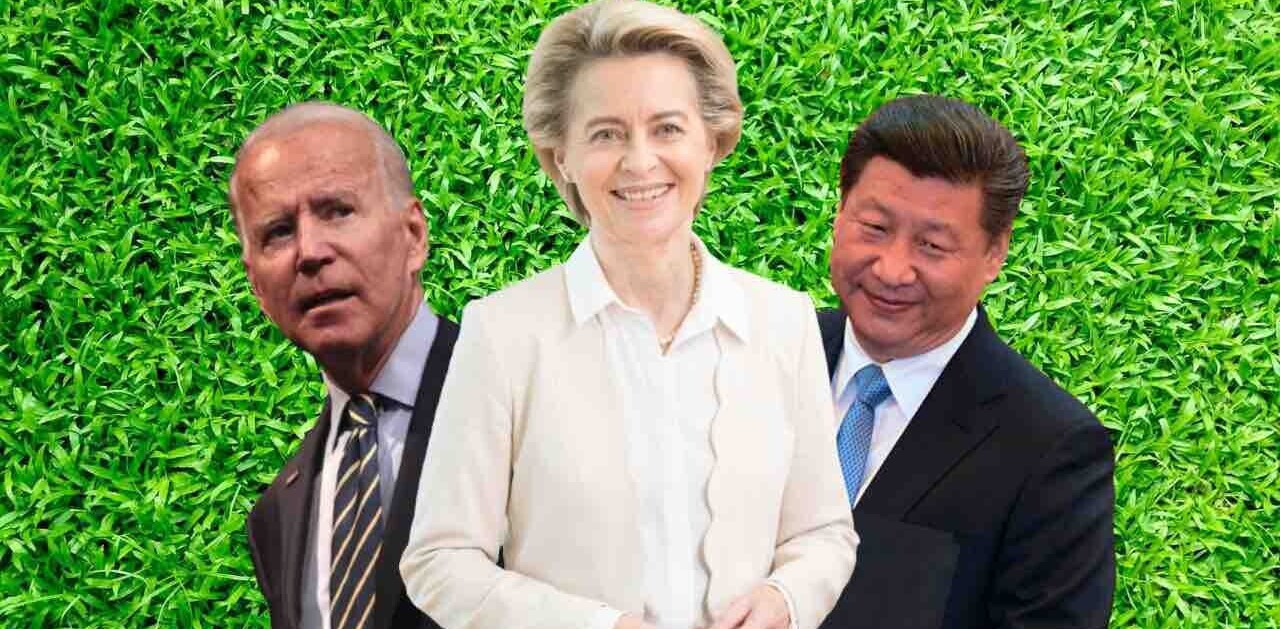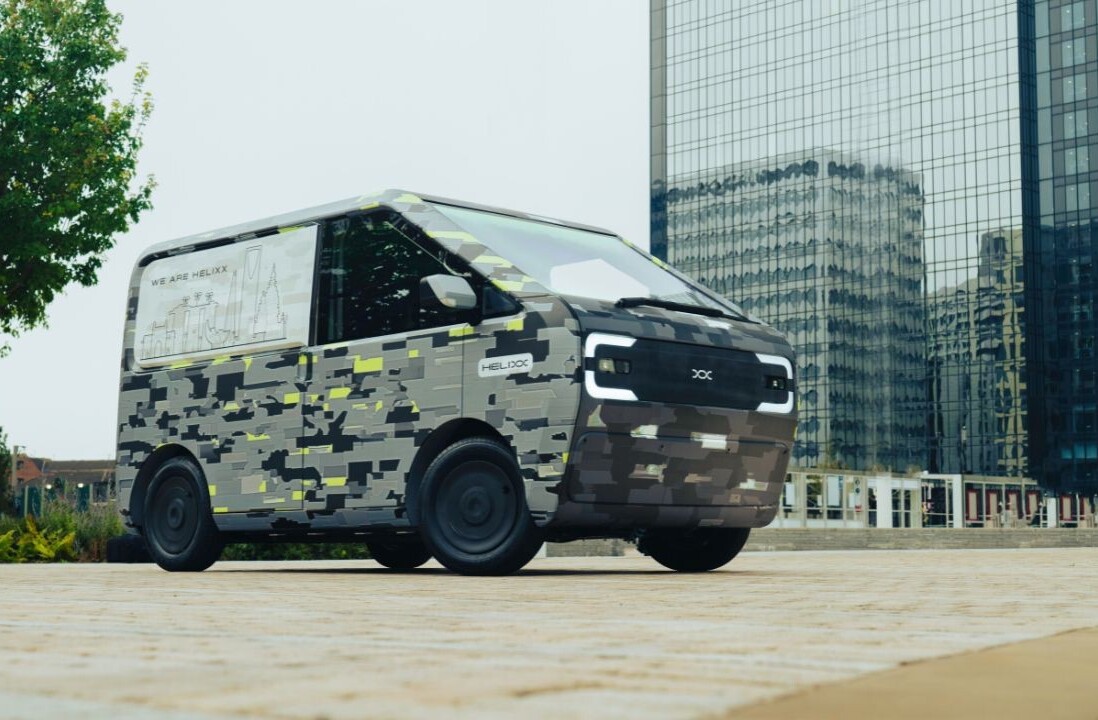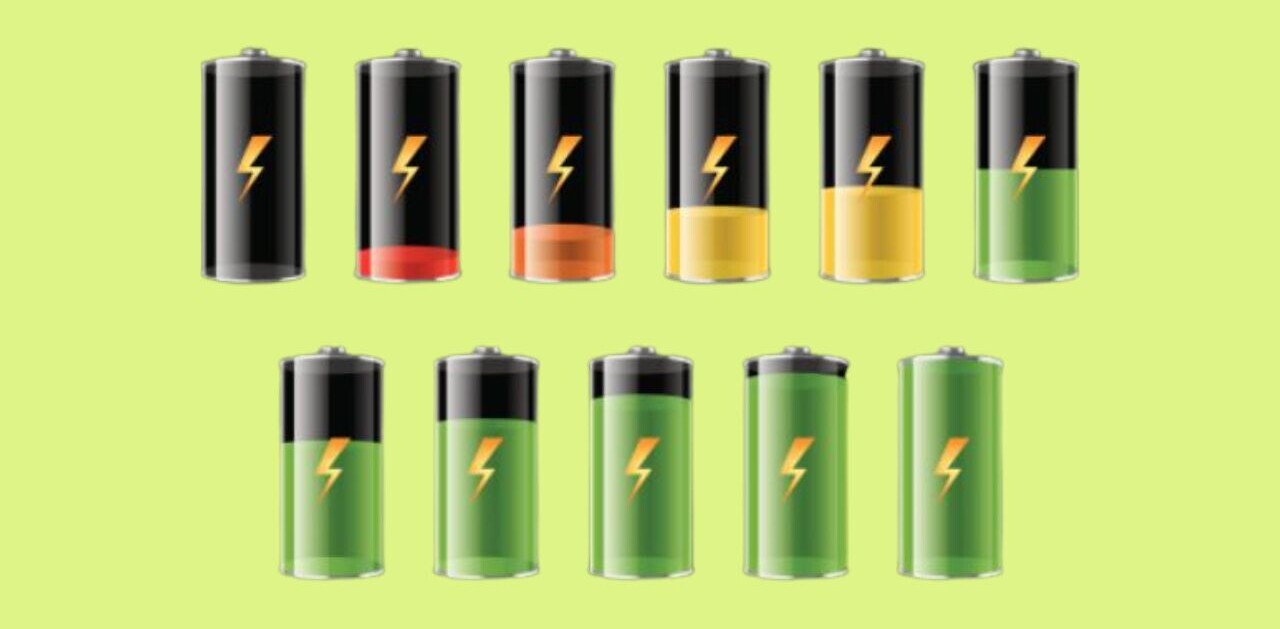
As EVs surge into the mainstream, industry and consumers alike are looking for quicker and easier ways to charge. While advancements in battery technology promise the former, Dutch startup Rocsys believes automation will help make charging a whole lot more efficient.
Rocsys has created a robotic arm guided by AI-powered computer vision technology that can convert any charger into an autonomous one. Once you pull up in your EV, the robot’s ‘eyes’ locate the vehicle, move the plug toward the socket, and charging begins. The robot essentially replaces the human hand.
This makes the charging process easier for drivers but also caters to the next generation of vehicles that don’t have a driver at all. As Crijn Bouman, co-founder and CEO, puts it: “Why should a self-driving car need a human babysitter to charge?”
In 2019, Bouman, a serial entrepreneur, teamed up with fellow co-founders Joost van der Weijde, a robotics specialist, and Kanter van Deurzen, a software engineer, to found Rocsys. The partners believed that the fast-evolving fields of robotics and AI could accelerate the transition to green transport.
The startup, based in The Hague, now employees over 50 people. It is currently focusing on heavy-duty logistics applications like at shipyards and industrial plants, where autonomous chargers can mitigate the “risk of operator errors, ensure regulatory compliance and vehicle uptime, and minimise damage and human exposure to high-voltage equipment.”
Rocsys already works with industry heavyweights like American forklift manufacturer Hyster, shipyard container handler maker Taylor Machine Works, and terminal operator SSA Marine.
“In shipyards where terminal tractors are self-driving, or automated valet parking garages for businesses, or parking lots for autonomous municipal buses, it won’t make sense to have a person on standby just to plug the vehicles in and out. Autonomous charging is the way forward,” said Bouman.

But it doesn’t intend to stop there. Rocsys has just secured $36mn (€33mn) to build out its North American division and branch out into the consumer EV and self-driving taxi market.
“For EV owners, autonomous charging is a more efficient and enjoyable experience than having to deal with charging cables, remembering to plug in, and waiting around during the fueling session in order to plug out,” said Bouman.
One robot charger currently costs anywhere from $20,000 to $30,000, with a recurring fee of about $2,000 per year, said Bouman, with hopes to more than halve this cost when it releases its next generation version.
The startup’s latest funding round, which includes a roughly equal split of debt and equity financing, was led by SEB Greentech Venture Capital, with participation from Graduate Entrepreneur, the European Investment Bank, and Forward.One.
In Europe, electric cars (including hybrids) made up 35% of all new vehicle sales in 2022, up from 10% in 2020. While self-driving cars are yet to prove their worth, by 2035, McKinsey predicts the industry could create $300bn to $400bn in revenue. Rocsys appears well-poised to capitalise on the growth of both markets.
Get the TNW newsletter
Get the most important tech news in your inbox each week.




